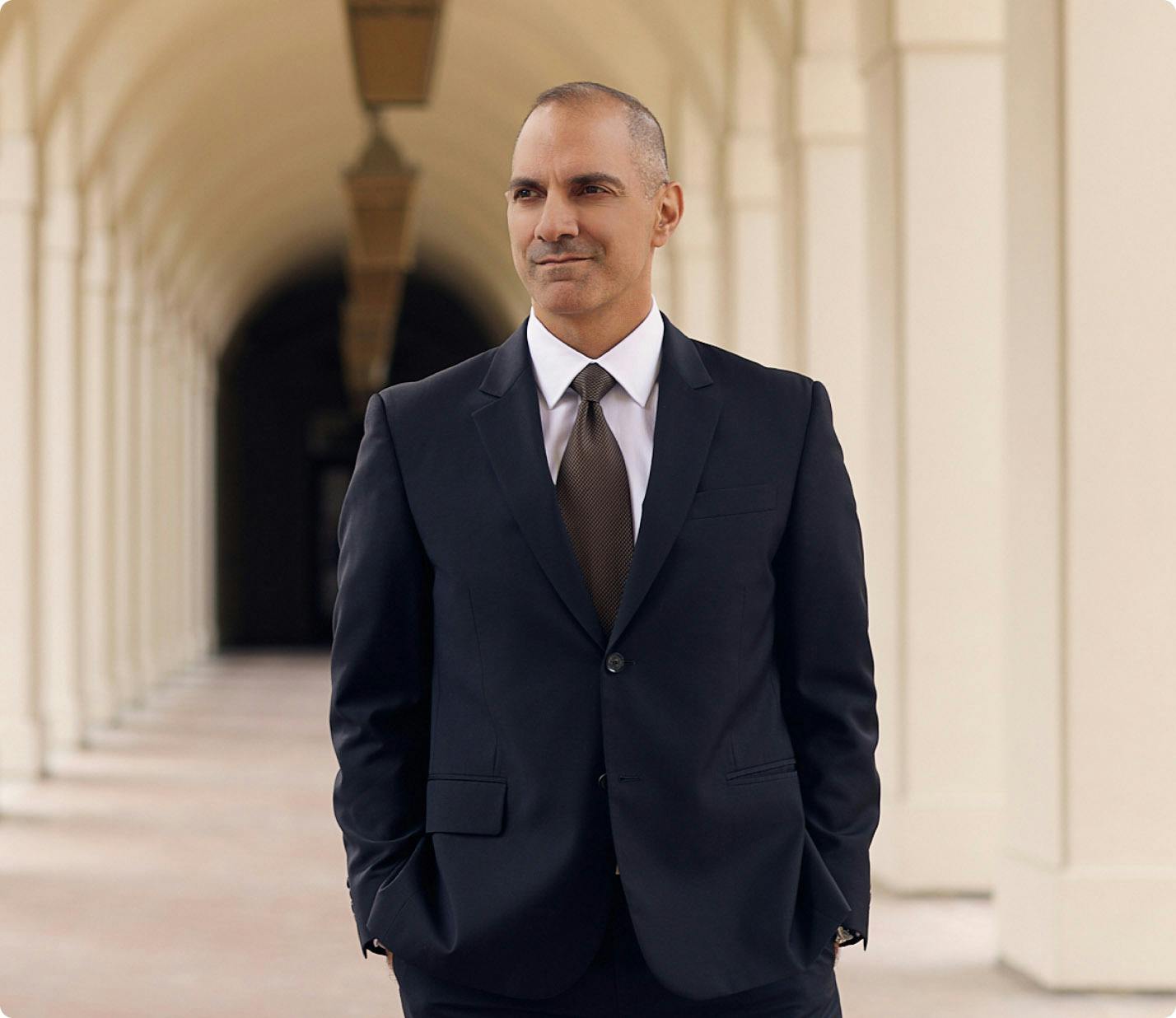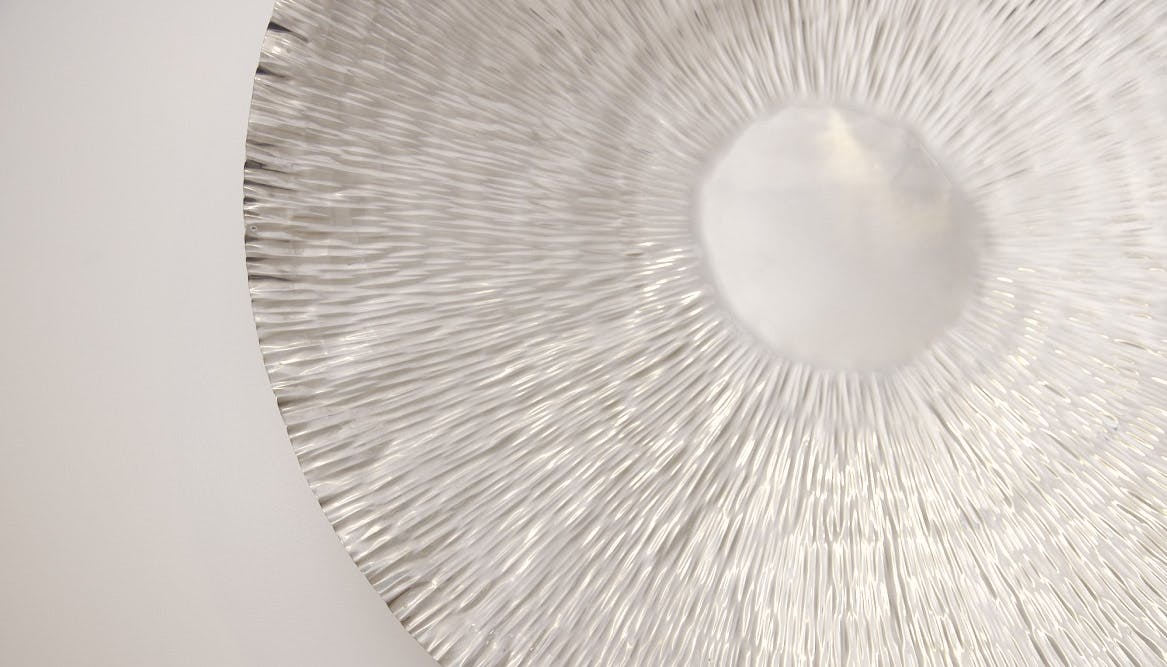Neurofibromatosis surgical excision involves the removal of neurofibromas, the benign tumors associated with the condition, to improve both cosmetic appearance and functional outcomes.
Types of Neurofibromatosis
Neurofibromatosis is categorized into two primary types: Type 1 (NF1) and Type 2 (NF2). NF1 is the most common type and involves the development of benign tumors called cutaneous neurofibromas throughout the body. These tumors may be cosmetically disfiguring but are usually not dangerous or life-threatening. NF2 typically affects cranial nerve 8 and can cause acoustic neuromas, which can lead to hearing loss and balance problems if left untreated. Patients with Neurofibromatosis Type 1 may also experience issues involving spinal cord tumors and optic gliomas, both of which can be treated through surgical removal or medical treatment, depending on the case. In addition to these treatments, regular monitoring is necessary to ensure tumor growth is not occurring and to address any changes in symptoms or function. Patients with Neurofibromatosis Type 2 often require more aggressive treatment options due to the severity of their condition. Surgical removal is generally recommended for acoustic neuromas as well as other cranial nerve-related tumors, while medical management may be necessary for those with multiple cranial nerve lesions or other complications caused by NF2. Overall, anyone living with neurofibromatosis needs to work closely with a skilled healthcare provider or plastic surgeon in Pasadena, CA, who specializes in this field to develop an individualized treatment plan based on their specific needs and goals. With proper diagnosis and treatment, individuals living with neurofibromatosis can have an improved quality of life while managing their condition effectively over time.










